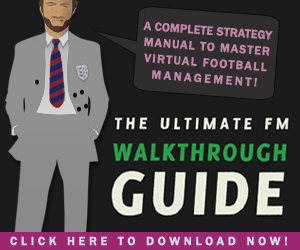-
Recent Articles
Building your defence: Football Manager full backs
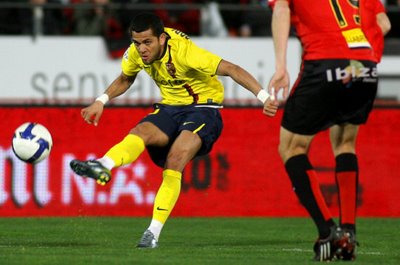 The modern full back is quickly becoming one of the most important players on the team sheet, infact even back in the days of Brian Clough, fat ed' argued that because of the space these players get in the final...
The modern full back is quickly becoming one of the most important players on the team sheet, infact even back in the days of Brian Clough, fat ed' argued that because of the space these players get in the final...False Nine Tactics
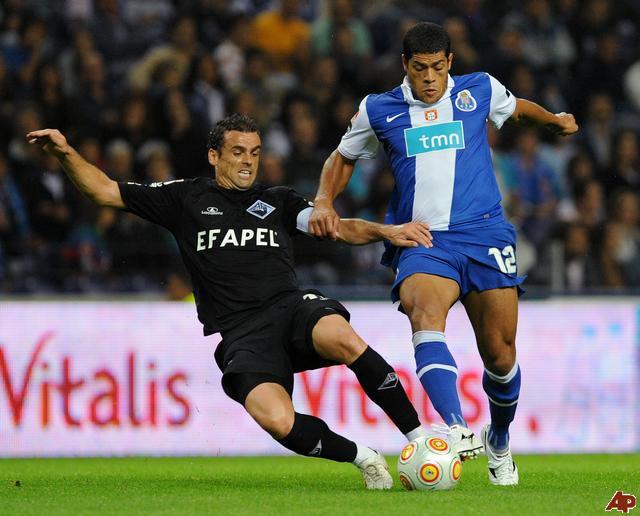 When we think about modern football trends, we think about the fall of the 4-4-2, the introduction of inverted wingers and the rise of the 4-5-1. But there is one other tactical rise that seems to have...
When we think about modern football trends, we think about the fall of the 4-4-2, the introduction of inverted wingers and the rise of the 4-5-1. But there is one other tactical rise that seems to have...An Open Letter To The Football Manager Community
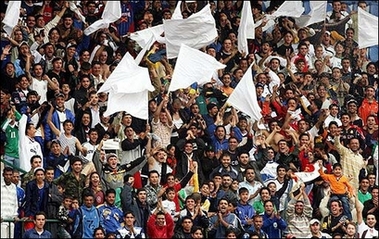 To view Sports Interactive's response, click here FM-Britain will no longer be producing regular content. Sports Interactive have objected to our content model of charging for annual strategy guides,...
To view Sports Interactive's response, click here FM-Britain will no longer be producing regular content. Sports Interactive have objected to our content model of charging for annual strategy guides,...How Will Jose Mourinho Manage at Real Madrid? (Part 7)
 Last time around I showed you the gaping holes in my tactical plan. Against smaller teams, my players were not imposing themselves enough on the game, nor were they able to break through more disciplined...
Last time around I showed you the gaping holes in my tactical plan. Against smaller teams, my players were not imposing themselves enough on the game, nor were they able to break through more disciplined...From Giant to Underdog: Managing a Bulgarian Powerhouse (Part 3)
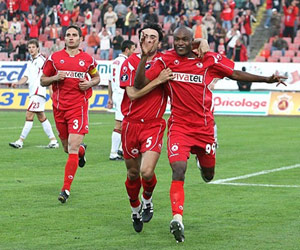 After setting the tactics for our team in the previous post, we'll look how they are going to play out in a game situation. Our first friendly will give us a chance to see how our players will handle the tactics. The...
After setting the tactics for our team in the previous post, we'll look how they are going to play out in a game situation. Our first friendly will give us a chance to see how our players will handle the tactics. The...
JOIN 6,907 READERS - SUBSCRIBE NOW TO OUR FOOTBALL MANAGER NEWSLETTER
Get the latest FM news & best community content delivered directly to your e-mail inbox!
Tactical Bible ’08: Lower League Manager Tactical Guidance
Written by: Matt vom Brocke
Category: Strategy
Posted on: June 16, 2007
June 16, 2007
Lower League Manager Tactical Guidance
Keep it simple - or how to overperform with low quality players and no money
Many of the recommendations made in the tactical bible will work just as they are at any level of the game, however there are a number of special changes and tweaks you should apply when managing a lower league team, which can be a very rewarding experience, which most of the assured lower league managers (LLaMas) will confirm.
We tried to collect a few suggestions and ideas that may help you if you want to make an experience in lower leagues and you are planning to either adapt your tactics to this level or to create a new approach.
Rule one: don’t overstrain your players technically and mentally
We would definitely advocate KISS (keep it simple, stupid!). Just tell them to be solid - tight, in banks of 4 and, crucially, don’t ask them to stuff they clearly aren’t capable of, such as very high closing down, lots of running with the ball, short crisp passes or the like. Just get a solid defence, and the goals will come - you get so many opportunities from the opposition’s errors, you should just concentrate on avoiding your own.
If you set up the right instructions, it is possible to play short passing systems in lower leagues as well, at least if the players are up to the league level. But you need to give other instructions carefully and again, keep it simple.
While the use of creative freedom generally should be allotted sparingly and wisely at all levels, it should be used more discerningly for lower league teams. A maximum of two players on high or even mixed creative freedom should be set. This could be the MC/a resp. AMC and maybe one striker.
Technically you should also look wisely how much your players can do. Do wingers and fullbacks really have to cross the ball often when their crossing ability is rather lousy? Mixed settings might be more suited, meaning hopefully they will only cross when they know there’s a good chance of it coming off.
Playing through balls, which require a certain amount of flair, composure, anticipation, passing and creativity, should be restricted to a few positions as well.
Forward runs are easier to understand. While they are crucial for setting up the balance for any top team, they will be even more important for lower league sides, as this is something easy to understand and easy to do. Using this powerful tool wisely to shape your formation will be more then rewarding.
Don’t use instructions like HUB for players who are losing possession every time they try to hold up the ball. This requires a certain amount of decisions and technical abilities, not to mention the usual physical attributes.
Marking systems should be kept simple as well. Even given the risk of being turned occasionally, most lower league defenders will be suited better for man-marking then zonal marking.
Importance of sitting back at lower levels
This is a good method to force opposition forwards to try and do something above their skill levels, while your defence stays compact and waits for the opposition to come at you. This is even more important since pace, heading and height will become a major factor in lower leagues. While technical abilities for both, defenders and forwards, may be low, many players will simply take advantage by using their physical strengths: pacy strikers may simply outrun your defenders, while strong strikers will try to use their aerial advantage for crucial flick-ons or goals.
Therefore your d-line always should be a few notches deeper then in higher leagues, except for some special games against ultra-defensive, deep sitting opponents.
Opposition instructions should be used accordingly: tight mark never against strikers who turn your defenders, tackling hard against strong strikers (if your defenders are able to tackle hard without committing a foul every time).
Using strengths of your squad:
Physical strengths can be crucial: a defender can easily outperform if he has a certain height, even better if combined with decent pace.
Very tall strikers and very quick strikers do not need to have many technical abilities to over-perform in a lower league. Set up a good combo or lone striker system (please read the TM article) to use their strengths either with a quick or strong target striker.
Often there are one or two dominating players in midfield. Try to support their strengths by giving them slightly more creative freedom, forwards runs or through balls, always according to their ability. As well you might consider playing them as semi-playmakers by including them in your playmaker list. This way they can dominate your play and raise the level of your midfield performance. A downside might be a one-dimensional build-up play. If this happens, don’t use semi- or even full playmakers.
Make sure you have a half-decent keeper. Always crucial, but for lower league teams certainly a question of survival.
Training
Especially if you only have part-timers: focus on the physical side. The difference between 8 tackling or 9 tackling on defenders is neither here nor there. With crap coaches on crap facilities with crap players, who cares? However, the difference between 10 strength and 12 strength, or the little extra burst of speed from 13 pace and 15 pace (which is attainable) can get you such a turn around in results
Loans and staff
Last but not least: try to use loan opportunities. When lacking both money and quality, this should be a way to go, especially if you are going to start a long-term career which will force your to bring in players for a higher level every few years. Make friends with managers of bigger clubs (Communication article) and try to get a big team as parent club.
Try to upgrade your staff. Even for a lower league team, you should be able to attract a decent fitness coach and physio. Most boards, though they tell you that you should only have one or two coaches, will probably let you go up to five or six providing you’re well enough below the wage budget. Similarly, most boards will let you have at least one more physio than they recommend (finances permitting, of course).
Tactical Bible Credits
wwfan, Millie. Written by The next Diaby. Editor: Millie
About The Author: Matt vom Brocke
Matt’s contribution to FM-B as a whole and the tactical area in particular cannot be over-estimated. The writer of the very well-recieved Communication and Psychological Warfare and Creativo set of tactics, Matt is a key member of the Tactical Think Tank and part of SI’s beta testing Dream Team.
Download Our Tactical Theorems '10 eBook Absolutely Free

Presenting the most comprehensive tactic design and match strategy guide to the Football Manager series ever created!
Written by FM match engine beta testers, it's 60+ pages of easy-to-read concepts and ideologies for getting your team playing exactly how you want each match! It's been downloaded over 100,000+ times to date!
Find out more information about our tactical eBook
and download Tactical Theorems '10 right now!
Written by FM match engine beta testers, it's 60+ pages of easy-to-read concepts and ideologies for getting your team playing exactly how you want each match! It's been downloaded over 100,000+ times to date!
and download Tactical Theorems '10 right now!



